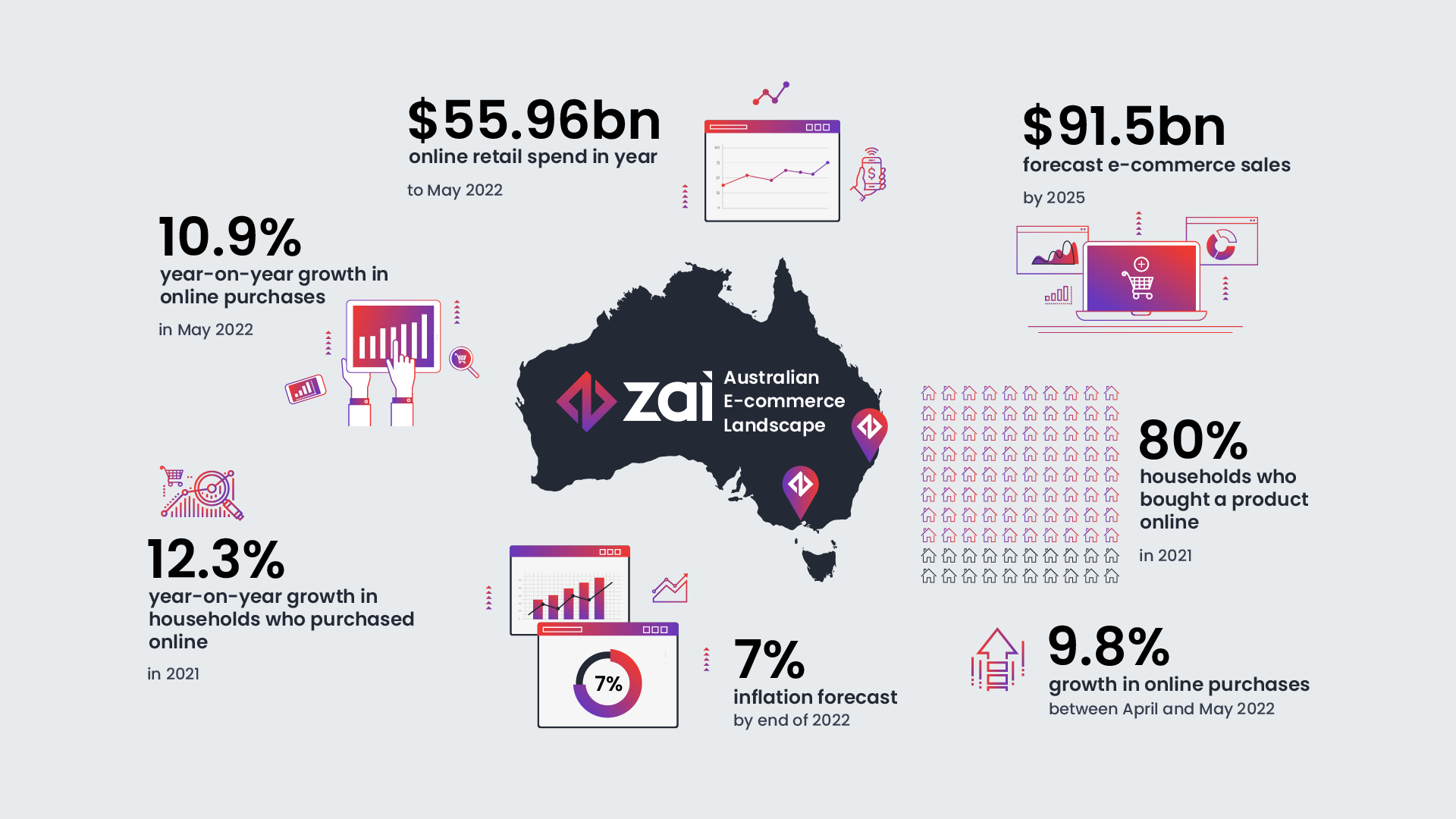Having worked with numerous service platforms over the last few years, it’s become apparent that integrating payments usually fails.
Their customers want, and often expect the platform to allow them to take card payments via invoice or face-to-face. Adding in this capability brings with it numerous challenges, so they often look to integrating with third parties instead.
The platform will build an integration with a payment gateway, offering the ability for its users to add card payments as an option on its invoices.
As the weeks and months go by however, a look back on the utilisation shows that the uptake is significantly less than forecasted, typically finding 95% of users have not activated the ability to take payments and the feature goes unused.
It’s easy to believe that your users didn’t want additional payment options, yet this couldn’t be further from the truth.
Why the poor uptake?
The poor uptake can be attributed to numerous reasons, but summed up it comes down to using payment gateways rather than a solution designed for platforms. The top three reasons being:
- Using payment gateways like Stripe, Braintree or eWay means the onus is still on their users to sign up and create a merchant account, link it to the platform and self-manage the options. It becomes too hard and time consuming for most to do it.
- Forcing their users to go off platform to manage their payments and generate reports for reconciliation introduces friction and potential issues as the platform no longer has control of the users experience.
- Most small businesses aren’t skilled at identifying and mitigating potential card fraud. Most payment gateways offer little to no real fraud prevention solutions with most being user configured and difficult to manage.
Because of this poor uptake and usage, platforms see little to no revenue come from the effort and their users haven’t benefited from this integration, putting any future improvements on the backburner.
What’s a better way?
It may not seem worthwhile for a platform to integrate new payment options for their customers. However, there are providers out there that overcome all of the current issues. Here’s some tips on how to make your next payment integration successful:
- Select a provider that specialises in platforms and enables a seamless integration into your existing workflows to add online payment options for your customers without the need for the user to create their own merchant account.
- Enable card payments for all your users with an easy option to switch it off should they wish. Typically, less than 5% of users opt out. The user experience for the other 95% is frictionless and see’s significant improvements in platform ultilisation.
- Now payments are embedded throughout your platform and uptake is often over 90%, the margin per transaction is far greater than that of payment gateways, creating a new revenue stream and increased profitability per user.
What’s a successful integration?
Platforms that have integrated payments properly have seen their MRR (monthly recurring revenue) per user increase between 50%-100%. An example:
A Service Platform providing job management and time billing with an MRR of $39 a month per user has a user sending 24 invoices a month with a total invoiced volume of $15,000 (Averaging $625 per invoice).
That user is seeing 10 invoices a month paid by credit card (total value of $6,250 ) and is benefiting from improved cashflow, with 60% of those invoices being paid on the same-day rather than their usual 17 days.
In this scenario, the platform user has significantly improved their cashflow, is able to offer new payment options on their invoices and enjoys only using one solution to manage their work, invoicing and payments.
The platform, receiving a margin on all transactions, now sees a significant new revenue stream coming from the payments integration, increasing the users MRR in the example, from $39 per month to $64 (77% increase).
When payments are integrated properly and the user experience is fast, safe and seamless, there are significant benefits for the user and the platform.
If you’re interested in increasing your MRR by 50%-100% per user whilst improving your users experience and cashflow, contact Zai today.



